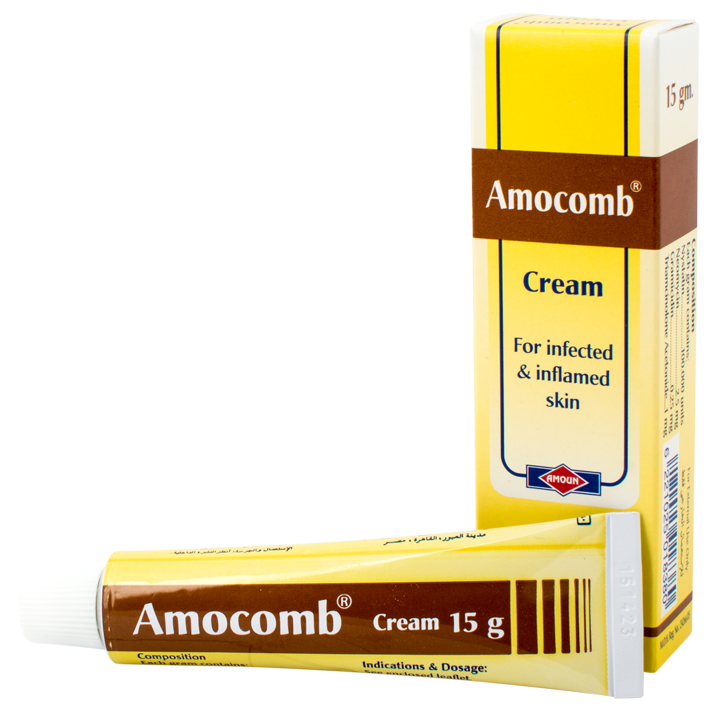Composition:
Each 1 gram of cream, contains:
• Nystatin (about 16.67 mg) 0.1 MIU
• Neomycin as sulphate micronized 2.5 mg
• Gramicidin 0.25 mg
• Triamcinolone acetonide micronized 1 mg
Excipients
Stearyl alcohol, White soft Paraffin, Emulsifying wax, Dimethicone 350, Labrafil M,
Tween 60, Purified water
Indications:
For the relief of the inflammatory and pruritic manifestations of dermatoses likely
to become or are already infected.
Dosage and Administration:
Route of Administration: For topical use.
Adults:
Apply a thin film to affected area 2 to 3 times daily.
Children:
These products are not recommended for children under one year of age. In
infants, long-term continuous topical steroid therapy should be avoided and
occlusion should not be used. Use of this medications over large surface areas or
for prolonged periods in paediatric patients could result in sufficient systemic
absorption to produce systemic effects. Paediatric patients may demonstrate
greater susceptibility to Hypothalamo-Pituitary – Adrenal (HPA) axis suppression
and Cushing’s syndrome than mature patients because of a larger skin surface
area to body weight ratio. HPA axis suppression, Cushing’s syndrome and
intracranial hypertension have been reported in children receiving topical
corticosteroids. When applied to paediatric patients, this medication should be
limited to the least amount for the shortest duration compatible with an effective
therapeutic regimen. Paediatric patients should be closely monitored for signs and
symptoms of systemic effects.
Elderly:
Corticosteroids should be used sparingly and for short periods of time, as natural
thinning of the skin occurs in the elderly. If, after about 7 days’ application, little or
no improvement has occurred, cultural isolation of the offending organism should
be followed by appropriate local or systemic antimicrobial therapy.
Renal impairment:
There are no relevant data available.
Hepatic impairment:
There are no relevant data available.
Contraindications:
These products are contraindicated in:
• Tuberculous and most viral lesions of the skin, particularly herpes simplex but
particularly in vaccinia and varicella,
• Fungal lesions not susceptible to nystatin,
• Patients with hypersensitivity to any of the components,
• Ophthalmic use
• In the treatment of otitis media or in the presence of a perforate tympanic
membrane


